With so much to learn, understanding the details of health insurance can feel overwhelming. Knowing the basics may help you navigate a little more confidently.
Whether you’re newly diagnosed with myasthenia gravis (MG) or you’ve been living with it for some time, you may have found yourself feeling unfamiliar with the language or specifics of health insurance coverage.
Maybe you’ve found yourself in a new situation that brings a change in coverage. “Often, just when you start to figure out how your coverage works, your life changes,” said Clara, a healthcare financial navigator who helps people understand their coverage and affordability options. “You change jobs and have a lot of new plans to choose from or you need to switch from Medicaid to an employer-sponsored plan.”
Or maybe you’ve started on an MG treatment that requires a thorough understanding of your coverage for prescriptions or in-home care. No matter where you are in your myasthenia gravis journey, broad knowledge of insurance basics can be helpful—you never know when you might need it!
Ready? Jump right in or use these links to skip around.
How Health Insurance Works
Health insurance helps pay for part of your medical care. That can include doctor’s visits, procedures, prescriptions and more. Generally, plans fall into two categories.
Private insurance
Also called “commercial insurance,” these plans are administered by a private insurance company rather than the government.1 Some people have commercial insurance through an employer or through a plan they’ve enrolled in on the Health Insurance Marketplace.
Public insurance
This is insurance that’s provided by the government, usually to a specific group of eligible people.1 A few examples of public insurance are Medicare, Medicaid and Veterans Affairs coverage.
Private Insurance: Choosing a Plan
If you’re choosing a commercial plan, there are a few things to keep in mind as you figure out what plan is right for you. But first, a few definitions:
- Premium: The amount you pay for health insurance every month.2
- Deductible: The amount you pay for covered healthcare services before your insurance plan starts to pay. With a $2,000 deductible, for example, you pay the first $2,000 of covered services yourself.2
- Co-pay (co-payment): A fixed amount ($20, for example) you pay for a covered healthcare service after you’ve paid your deductible.2
- Co-insurance: The percentage of costs of a covered healthcare service you pay (20%, for example) after you’ve paid your deductible.2
- Out-of-pocket maximum: The most you have to pay for healthcare services in a plan year. After you spend this amount on deductibles, co-payments and co-insurance for in-network care and services, your health plan pays 100% of the costs of covered benefits.2
- Network: The facilities, providers and suppliers your health insurer or plan has contracted with to provide health care services.2
Questions to Consider
What type of plan is it? The type of plan you have can affect how much you pay for care and what doctors your plan will cover. While there are several plans out there, the following are a few common ones:
- HMO (health maintenance organization): A type of health insurance plan that usually limits coverage to care from doctors who work for or contract with the HMO. It generally won't cover out-of-network care except in an emergency.2
- PPO (preferred provider organization): A type of health plan that contracts with medical providers, such as hospitals and doctors, to create a network of participating providers. You pay less if you use providers that belong to the plan’s network.2
- HDHP (high deductible health plan): A plan with a higher deductible than a traditional insurance plan. The monthly premium is usually lower, but you pay more health care costs yourself before the insurance company starts to pay its share (your deductible).2
If you’re living with MG, it may be a good idea to determine whether your current healthcare team is covered under the plan you’re considering, including any specialists like a neurologist. And if you’re facing a network change, these tips may help you find a new neurologist if your current specialist is no longer covered.
What’s the “real cost” of this plan? Lower monthly premiums don’t always mean lower cost overall. One way to get a rough estimate of your overall cost is to total up the annual premiums for each of your plan options, then add that number to the plan’s deductible. It’ll give you an idea of what you might actually end up paying over the course of the year.
What is the coverage for prescriptions with this plan? Clara points out that some plans may cover prescriptions under medical benefits, and some may cover them under a separate prescription benefit. Checking this detail for each of your plan options can help you determine how much you’ll pay for any medications you take to help manage MG.
Public Insurance: A Few Quick Facts
Medicaid
Medicaid is available only to certain low-income individuals and families who fit into an eligibility group that is recognized by federal and state law.3
Each state runs its own Medicaid program that follows federal guidelines.3 These guidelines are broad, so Medicaid eligibility and coverage can vary from state to state.
Medicare
Medicare is run by the federal government rather than each state.4 It’s a public health insurance program for people who are 65 and older, as well as eligible younger people with certain disabilities.4
Medicare has four “parts” that cover different aspects of healthcare4:
Part A: Hospital insurance that helps pay for inpatient care in hospitals and other facilities, like hospice or skilled nursing facilities. It may also cover some types of home healthcare.
Part B: Medical insurance that helps pay for services from healthcare providers—that is, doctor’s office visits, outpatient care at a hospital and certain types of preventive services. It may also cover home healthcare or medical equipment. What it doesn’t include is prescription drug coverage.
Part C (also called Medicare Advantage): A type of Medicare health plan where all of your Part A and Part B benefits are offered by a private company that contracts with Medicare. These plans may also offer prescription drug coverage.
Part D: Prescription drug coverage for people with Medicare plans. Part D is optional, but those with Medicare plans must enroll in Part D in order to receive any coverage for their medications.
When to Enroll in a Plan
Open enrollment is the yearly period when people can enroll in a health insurance plan or change plans.2 Open enrollment often happens in the fall, but that can vary from plan to plan, so be sure to check with your employer or insurance provider to get the dates.
Even if you already have coverage, Clara recommends reevaluating your options when open enrollment rolls around—especially if you’re looking to lower costs. “If you’re wishing you’d picked a different plan last year, open enrollment is your chance to see if there’s a choice that may be better for you in the coming year,” she said.
There are specific events that allow you to change plans outside of open enrollment, like getting married, having a baby or changing jobs. And some public plans, like Medicaid, allow you to enroll any time of year.5
Navigating Costs and Coverage
Choosing a plan is one thing; navigating coverage for an MG treatment is another.
You might want to start by asking your doctor if there are any dedicated patient support programs that you may be eligible for—though these programs are not available to all.
Some programs can even help your doctor with navigating your coverage, submitting prior authorizations and finding options for cost savings and assistance. These types of programs can be a great ally for both you and your provider.











